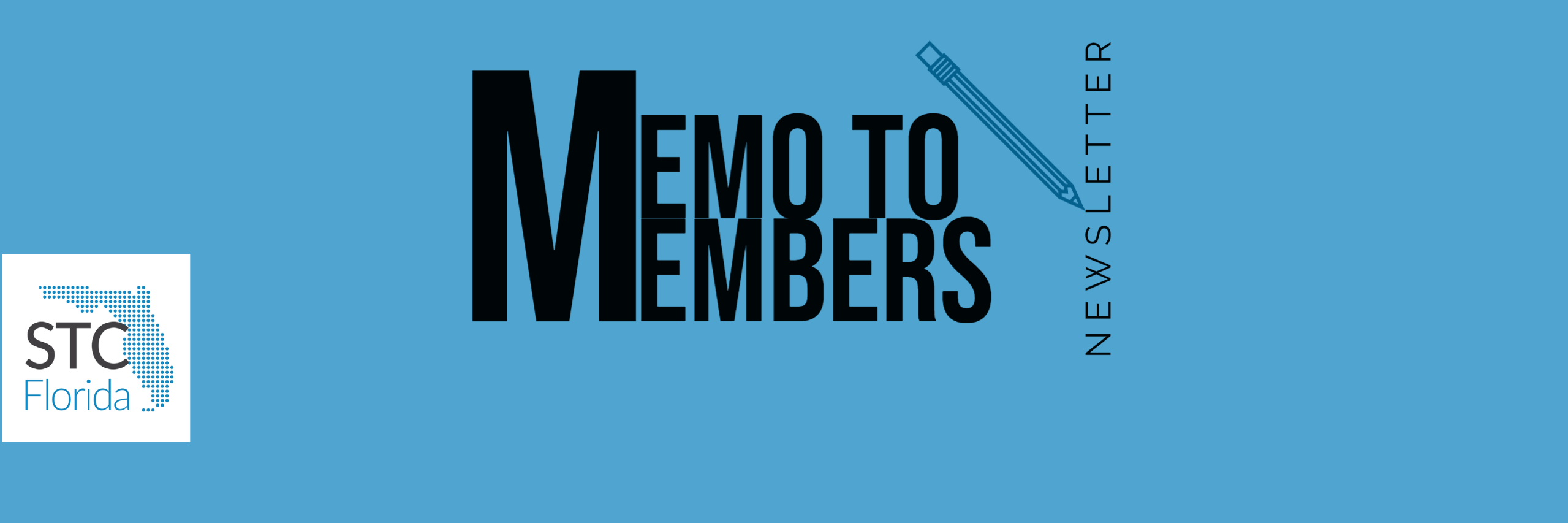
By Mary Burns
Secretary
Orlando Central Florida Chapter STC
secretary@stc-Orlando.org
If you missed the last meeting…
At September’s meeting, members enjoyed an awesome introduction to technical communication in an Agile environment. “Bending without Breaking: Info Doc Flexibility with Agile” was virtually presented by Alyssa Fox, Secretary of STC and Director of Information Development at NetIQ.
Agile is a methodology that favors an incremental, evolutionary approach to software development and involves everyone who touches the software, from developers to product owners to doc writers, in the process. Where the traditional “waterfall” method involves separate phases for design, coding, testing, and documentation, Agile includes a whole-team, user-oriented focus on each piece of new development, with the flexibility to change requirements.
Done right, Agile eliminates what Alyssa calls “done” versus “done-done”—“software coded” versus “software coded, QA’d, and documented.”
The colorful and kinesthetic Agile vocabulary added a lighthearted note to the presentation, along with inspiration to think about applying Agile principles, if not the full methodology, in our own projects:
- Scrum master—Not an action hero, but the facilitator and cheerleader of a “scrum” team consisting of a development team (including tech comm) and product owner (customer advocate). Team members perform specialized tasks and help others with tasks everyone can do, such as automated testing.
- Sprint—Development period, for example a month, during which the scrum team goes all-out to produce shippable software. Preceded by sprint planning and reviewed in a sprint retrospective, the sprint enables the team to improve their performance over time, reducing end-of-sprint crunches and technical debt (rollover from past sprints).
- User story—Narrative that casts the user as the hero. What are users trying to do in Feature Land? What is functionally broken? How will they know it is fixed? The hardest part of planning in Agile, the user story forces the team to consider the user’s perspective. User stories are the basis of development during a sprint.
- Backlog—Collection of user stories that mature before entering a sprint. Rather than growing, user stories become smaller, starting out as “epics” that may divide into “themes,” which then yield groups of individual user stories. User stories remain in the backlog until the entire team votes them into a sprint, a process dubbed “planning poker.” Voting is based on estimated effort and stimulates discussion, “same-page-ness,” and clearer requirements.
